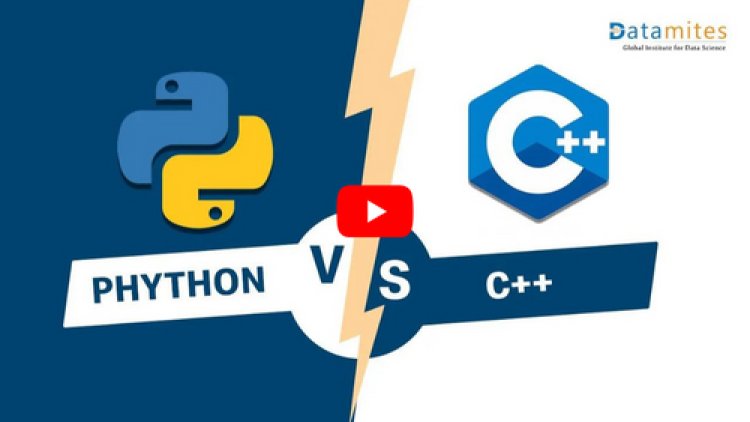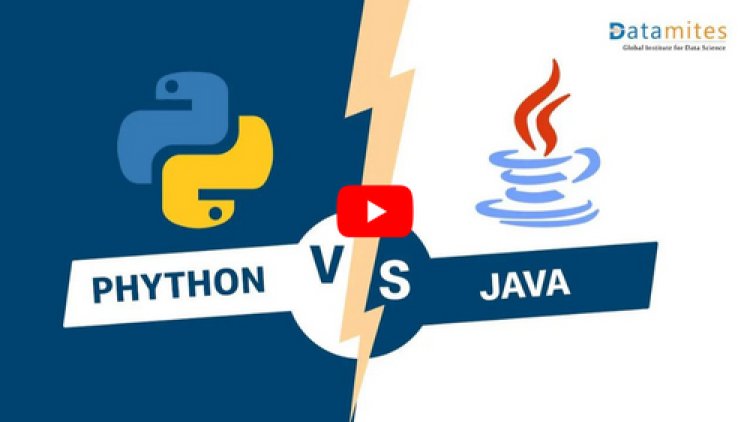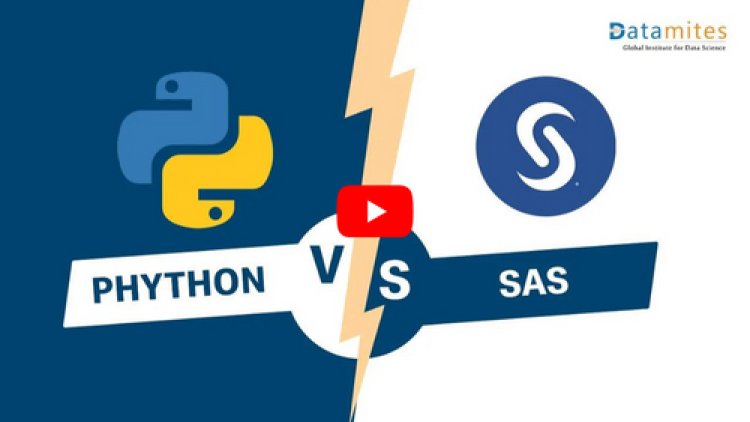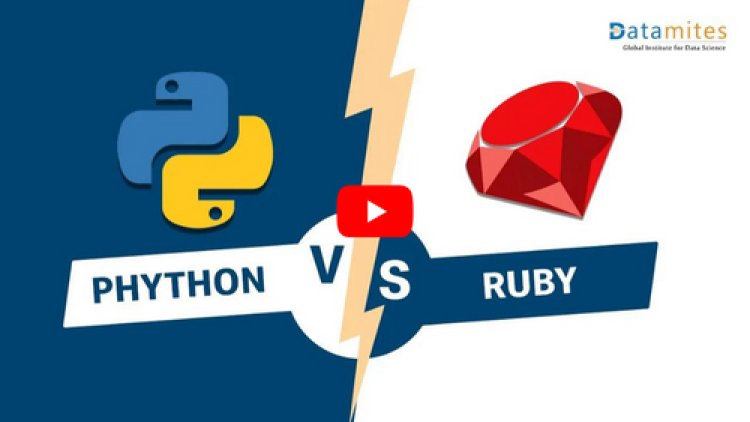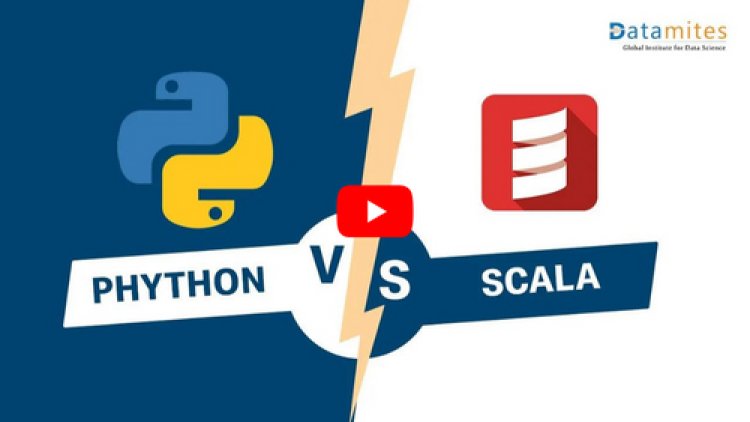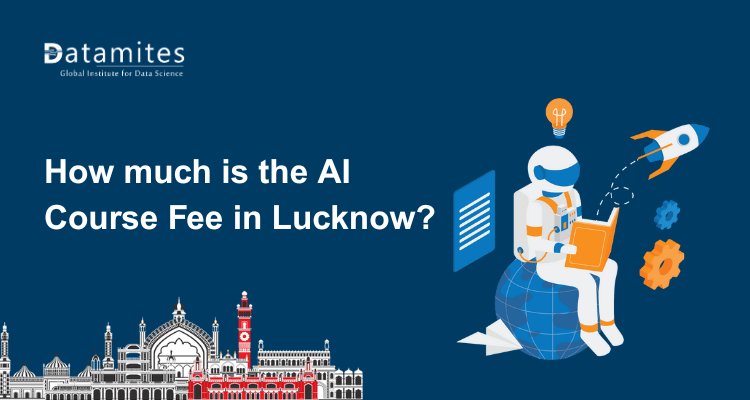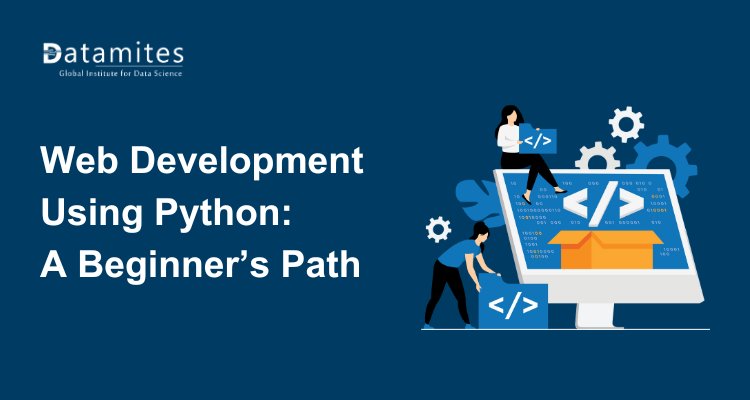Why is Python an Interpreted Programming Language?
Python is considered an interpreted programming language because its code is executed line-by-line by the Python interpreter, rather than being compiled into machine code beforehand. This allows for easier debugging and quicker testing of code.
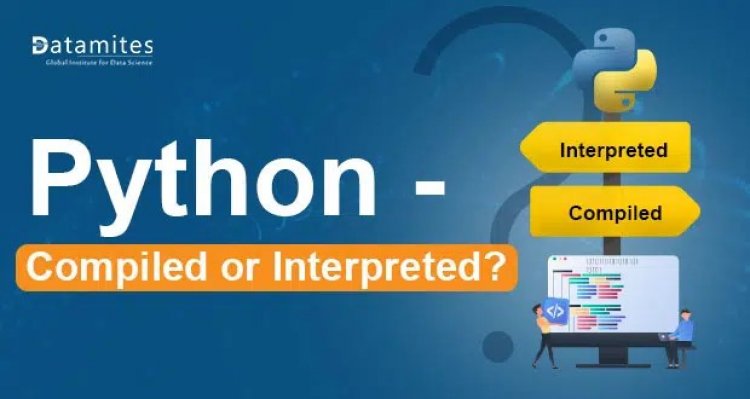
- Introduction
- What is a Compiled language?
- What is an Interpreted language?
- Advantages and Disadvantages of Compiled and Interpreted language
- What is Python?
- How is Python an interpreted language?
- Conclusion
Introduction
Python has for quite a while now gained a foothold as being one of the world’s most popular programming languages. Machine learning, website design, and software testing are indeed a few aspects of where it’s used. It is excellent for both programmers and semi.
Python as a programming language has no control over whether it is compiled or interpreted, only over how it is implemented. The terms interpreted or compiled are a property of the implementation, not of the language.
“Is Python compiled, interpreted, or both?” is a pervasive query.
What is a Compiled language?
A compiled language is a high-level language whose code is first transformed into machine code by a compiler and then executed by an executor (another program for running the code).
It’s one in which the programme is written in the target machine’s instructions after it’s been compiled; this machine code is incomprehensible to humans. C, C++, C#, CLEO, COBOL, and more languages can be compiled.
Python v/s C++ language – What is the Difference? – Pros and Cons.
Compiled languages are written as code that may be executed directly on the processor of a computer. A compiler is a program that converts statements written in a programming language into machine language, or “code,” for use by a computer’s processor.
What is an Interpreted language?
An interpreted language is any programming language that isn’t already in “machine code” before runtime. An interpreted language is a computer programming language whose implementations perform instructions without first compiling them into machine instructions.
That is, unlike compiled languages, the translation of an interpreted language does not take place beforehand. The translation takes place at the same time that the program is being run.
Rather than being immediately executed by the target computer, the instructions are read and executed by another programme. JavaScript, Perl, Python, BASIC, and other scripting languages can all be interpreted.
Watch: Python vs Java – What Is The Difference – Pros & Cons
Interpreted languages used to be significantly slower than compiled languages. This chasm is shrinking, though, as just-in-time compilation advances.
Advantages and Disadvantages of Compiled and Interpreted Languages
Advantages of compiled languages
- Programs that are compiled into native machine code run faster than those that are interpreted. This is because translating code at runtime adds overhead and can make the application slower in general.
- Hardware Optimization – instead of more generic code, build machine language code that makes the most efficient use of the provided hardware.
- The compiler generates secure executable files that may be run on any of your customers or other systems without the requirement for actual source code. As a result, your program is unhackable, safe, and private.
- No dependencies for executing the shared executable file of your source code, your client or anybody else does not require the installation of any compiler, interpreter, or third-party program on their machine.
Probable downsides:
- More time is required before testing to complete the entire compilation operation.
- The binary code that results is platform-dependent.
Advantages of interpreted languages
- Interpreted languages are more adaptable, having attributes like dynamic typing and reduced program sizes at disposal.
- Since interpreters execute the original computer code directly, the code is platform agnostic.
- Automatic Memory Management
- Debugging simplicity (it is easier to get source code information in interpreted languages)
- Programme with a small size (since interpreted languages have the flexibility to choose instruction code)
Disadvantages:
In comparison to compiled languages, the most evident disadvantage is typical execution speed.
What is Python?
Python has consistently grown in the rankings of frequently used programming languages, and it is now the world’s fifth most important language, according to many surveys and research. Python has just been voted the most popular language for machine learning and data research in many surveys!
Python is a language that is reasonably simple to learn. Its syntax is straightforward to learn and grasp for a newbie. When compared to languages like C or Java, executing a Python program requires very little boilerplate code.
Object-oriented programming, structured programming, functional programming, and even aspect-oriented programming are all supported by it. Because of its adaptability, it may be utilized by a wide range of programmers.
Extensible: One of Python’s most essential properties is its extensibility. Python comes with a large number of modules that may be quickly installed and utilized. These modules cover every facet of programming, from data access to common algorithms implementation. Because existing libraries can tackle a wide range of problems, this an easy-to-extend feature.
Python coder is more productive: Python is open source and has a huge development community behind it. This makes it adaptable and robust. The Python community can quickly fix the bugs that have been discovered. Developers can play with the Python source code because it is open source.
Read the article to know-
Python Certification Training Course Fees in 2022?
How is Python an interpreted language?
As we already know, an interpreter takes your code and executes the actions you provide, produces the variables you specify, and performs a lot of behind-the-scenes work to ensure it works smoothly or warns you about issues.
Python can be run as a compiled programme or in an interactive environment as an interpreted language.
So, the python programme is compiled first and then interpreted. We feel it is merely an interpreted language because the compilation part is hidden. When we run our code, we first compile it, which generates byte code, which the interpreter then converts internally (python virtual machine). And python deletes this compiled component as soon as you run your code, so programmers don’t have to deal with it.
Python is an interpreted language since it deploys an interpreter to turn your code into a language that your computer’s processor can comprehend. One of the most appealing features of interpreted languages is that they are platform agnostic.
A Python program’s source code is transformed to bytecode before being run by the Python virtual machine. Python code does not need to be written and linked in the same way that code for major compiled languages like C and C + + does.
Python is sometimes criticized for its ‘slowness.’ While the term is disputed, the reason for the interpreter’s slowness is that it has to do extra work in order to translate the bytecode command into a form that can be executed on the machine.
Python is a dynamically typed language. You must define the variable type in static-typed languages like C++, and any inconsistency, such as adding a string to an integer, is checked during compile time. The interpreter’s job is strongly typed languages like Python is to check the correctness of the variable types and operations executed.
This distinction highlights two key points:
• Python code is simple to write: Python code can be easily modified and executed because it does not need to be compiled and constructed. This results in a quick development cycle.
• Python code is slower to execute than traditional languages such as C, C++, and others because it is not directly compiled and executed; instead, it is executed via an additional layer of the Python virtual machine.
Conclusion
Python programming language is used to build websites, and apps, automate operations, and run data analysis! Being a general-purpose programming language, Python can be adopted to create an array of applications and isn’t limited to any one problem. It has upsurged to be one of the most extensively used programming languages in today’s age owing to its versatility and beginner-friendliness.
Starting a career in python might help you in a variety of ways, as the language is used almost everywhere. Furthermore, according to a survey conducted by industry research firm RedMonk, it was the second-most popular programming language among developers in 2021.
Go through –
Python vs SAS – What is the Difference? Pros & Cons.
Python vs Ruby, What is the Difference? – Pros & Cons.
Python vs Scala, What is the difference? pros and cons.
Python vs R – What is the Difference, Pros and Cons.
DataMites is a global training institute that focuses on data science and related topics. Certified Python Developer Course, Data Science with Python Course, and Machine learning with Python Course are the sought after certifications of DataMites. IABAC has accredited our entire curriculum, which has global reputation.
DataMites Institute provides an in-depth Python course accredited by international certification bodies. The program covers core Python concepts, practical projects, and real-world applications to ensure you're industry-ready. Led by expert instructors, the training prepares you for careers in software development, data analysis, and automation, while offering a globally recognized certification to enhance your career prospects.

 Thushara C.P
Thushara C.P 